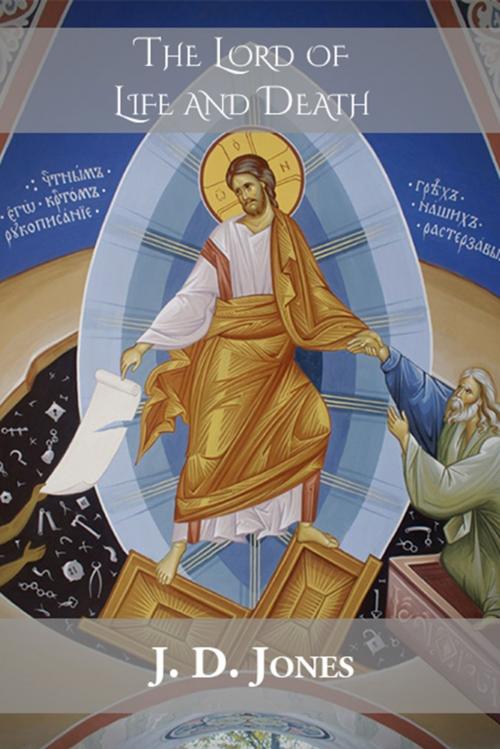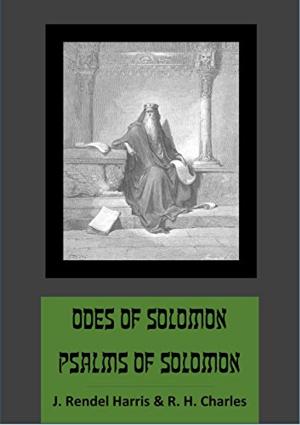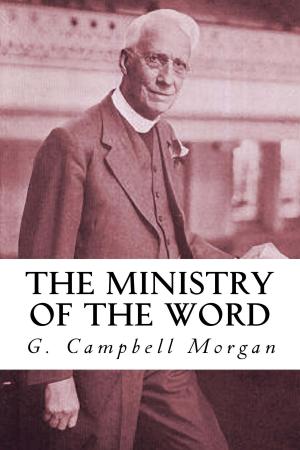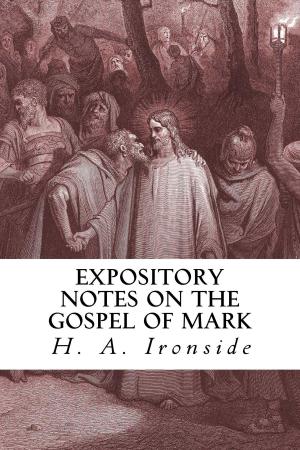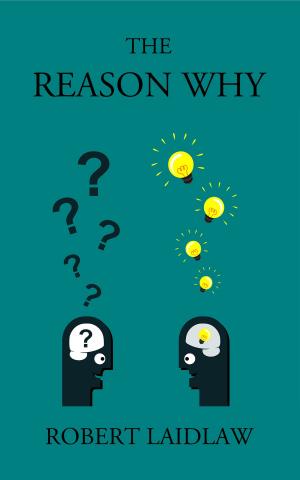| Author: | J. D. Jones | ISBN: | 1230001930412 |
| Publisher: | CrossReach Publications | Publication: | September 24, 2017 |
| Imprint: | Language: | English |
| Author: | J. D. Jones |
| ISBN: | 1230001930412 |
| Publisher: | CrossReach Publications |
| Publication: | September 24, 2017 |
| Imprint: | |
| Language: | English |
I do not know whether it is legitimate to make comparisons between the miracles. Dr. Plummer says it is not. He says that to the philosophic believer in miracles all genuine miracles are alike. “When natural causes are inadequate, and a supernatural cause is admitted, all degrees of difficulty are excluded. One who has omnipotence to aid Him cleanses lepers and raises the dead as easily as He heals ordinary diseases. If any miracle is credible, raising a man who has been dead for four days is credible.” No doubt that is all quite truly said. Every miracle brings us to omnipotence, and to omnipotence it must be just as easy to call Lazarus from the grave as to heal Peter’s wife’s mother who was sick of a fever. Philosophically Dr. Plummer is undoubtedly right.
But the ordinary person is not a philosopher, or at any rate he does not look at things philosophically. And, despite all that Dr. Plummer says, the ordinary everyday man will continue to think that this miracle of the raising of Lazarus transcends all other miracles which the Lord wrought. Indeed it is not alone the average, ordinary, non-philosophical person who gives this miracle a pre-eminence amongst the miracles. Scholars do it too. This is how Dr. Fairbairn describes it: “It is the greatest of Christ’s miracles; to know this is to know all. There is none harder to believe; none that, believed, is so rich in meaning, so glowing in its assurance to faith and in its promise to hope. The truths embedded in it, and embalmed by it, are many and cardinal.” I think its very place in John’s Gospel seems to suggest that it was the climax and crown of Christ’s miracles. At any rate, it brought the conflict between faith and unfaith to a head. This tremendous miracle, this startling and staggering sign was a sort of last appeal to the Jews. They had resisted and disregarded previous signs. Jesus had healed the impotent man at Bethesda, and the only result was that the resentment of the people was kindled against Him. He had given sight to the man that was born blind, and the only result was that they called Him a sinner and tried to kill Him. He makes one more appeal to this perverse and obdurate people. He reveals His glory as the only begotten Son of God by raising Lazarus from the grave after he had been dead four days. He performed a deed so tremendous that it would seem that none could doubt or challenge His Divine power. But even that failed to bring them to faith. Unfaith won its final triumph, and the Jews made ready the cross. It failed as an appeal, but it left the Jews without excuse.
I do not know whether it is legitimate to make comparisons between the miracles. Dr. Plummer says it is not. He says that to the philosophic believer in miracles all genuine miracles are alike. “When natural causes are inadequate, and a supernatural cause is admitted, all degrees of difficulty are excluded. One who has omnipotence to aid Him cleanses lepers and raises the dead as easily as He heals ordinary diseases. If any miracle is credible, raising a man who has been dead for four days is credible.” No doubt that is all quite truly said. Every miracle brings us to omnipotence, and to omnipotence it must be just as easy to call Lazarus from the grave as to heal Peter’s wife’s mother who was sick of a fever. Philosophically Dr. Plummer is undoubtedly right.
But the ordinary person is not a philosopher, or at any rate he does not look at things philosophically. And, despite all that Dr. Plummer says, the ordinary everyday man will continue to think that this miracle of the raising of Lazarus transcends all other miracles which the Lord wrought. Indeed it is not alone the average, ordinary, non-philosophical person who gives this miracle a pre-eminence amongst the miracles. Scholars do it too. This is how Dr. Fairbairn describes it: “It is the greatest of Christ’s miracles; to know this is to know all. There is none harder to believe; none that, believed, is so rich in meaning, so glowing in its assurance to faith and in its promise to hope. The truths embedded in it, and embalmed by it, are many and cardinal.” I think its very place in John’s Gospel seems to suggest that it was the climax and crown of Christ’s miracles. At any rate, it brought the conflict between faith and unfaith to a head. This tremendous miracle, this startling and staggering sign was a sort of last appeal to the Jews. They had resisted and disregarded previous signs. Jesus had healed the impotent man at Bethesda, and the only result was that the resentment of the people was kindled against Him. He had given sight to the man that was born blind, and the only result was that they called Him a sinner and tried to kill Him. He makes one more appeal to this perverse and obdurate people. He reveals His glory as the only begotten Son of God by raising Lazarus from the grave after he had been dead four days. He performed a deed so tremendous that it would seem that none could doubt or challenge His Divine power. But even that failed to bring them to faith. Unfaith won its final triumph, and the Jews made ready the cross. It failed as an appeal, but it left the Jews without excuse.
